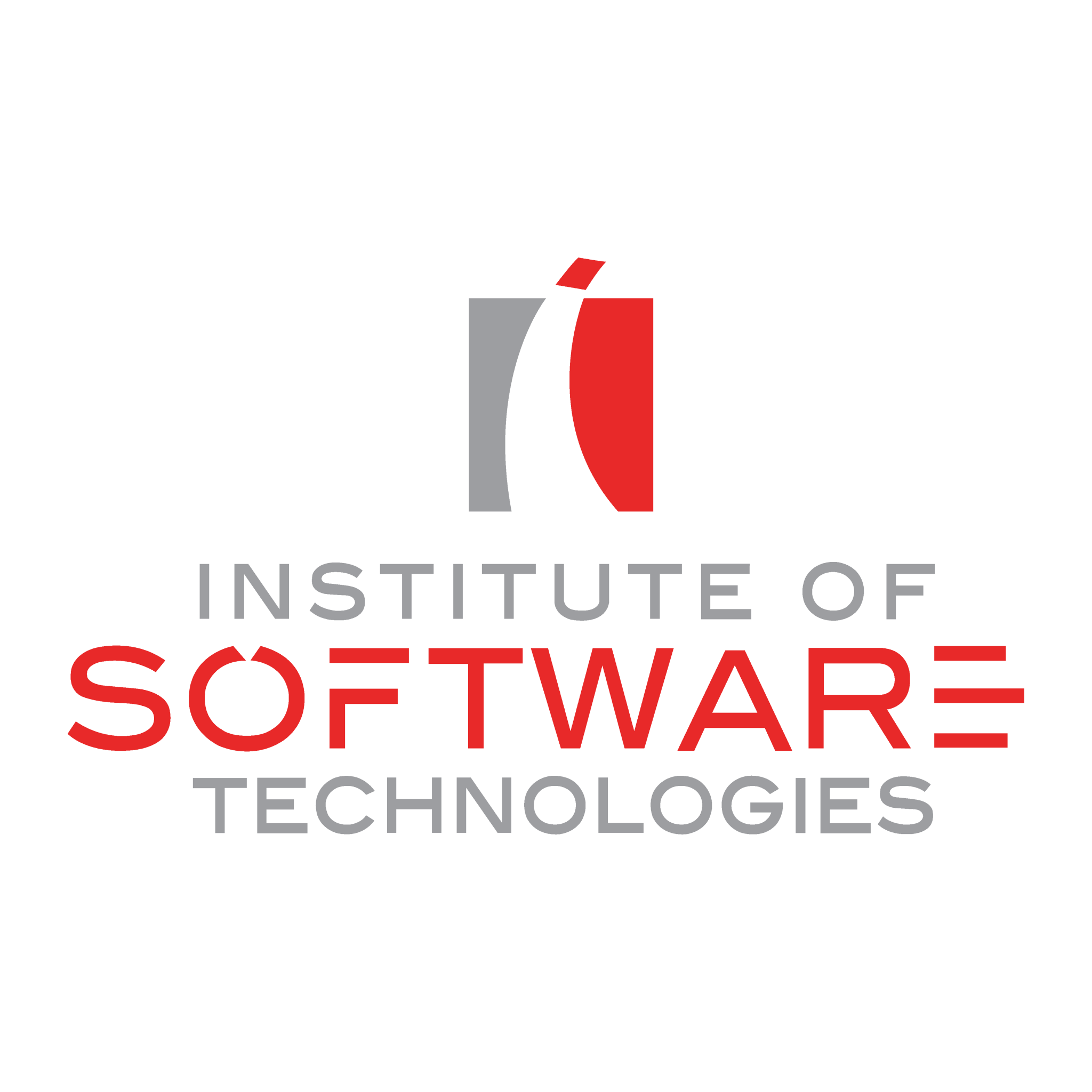2 Weeks
- Only basic knowledge of how to operate computer is required
- Previous networking knowledge is not required
- Networking equipment knowledge or experience is also not required
Part I: Introduction to Networking.
- Introduction to TCP/IP Networking
- Fundamentals of Ethernet LANs
- Fundamentals of WANs and IP Routing
Part II: Implementing Ethernet LANs.
- Using the Command-Line Interface
- Analyzing Ethernet LAN Switching
- Configuring Basic Switch Management
- Configuring and Verifying Switch Interfaces
Part III: Implementing VLANs and STP.
- Implementing Ethernet Virtual LANs
- Spanning Tree Protocol Concepts
- RSTP and Ether Channel Configuration
Part IV: IPv4 Addressing.
- Perspectives on IPv4 Subnetting
- Analyzing Classful IPv4 Networks
- Analyzing Subnet Masks
- Analyzing Existing Subnets
Part V: IPv4 Routing.
- Operating Cisco Routers
- Configuring IPv4 Addresses and Static Routes
- IP Routing in the LAN
- Troubleshooting IPv4 Routing
After successful completion of the project, the student will get a certificate from IST to validate their skills.

